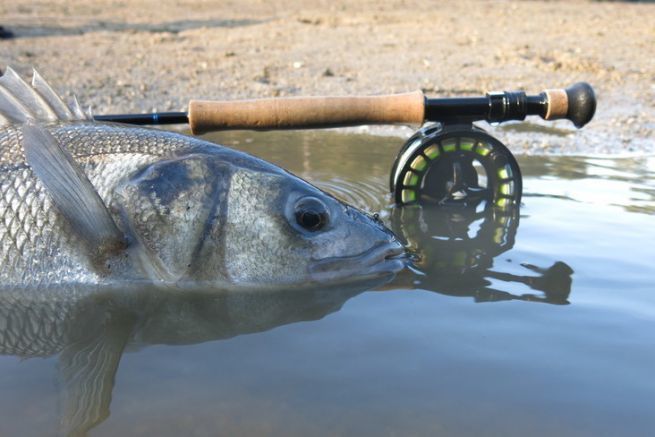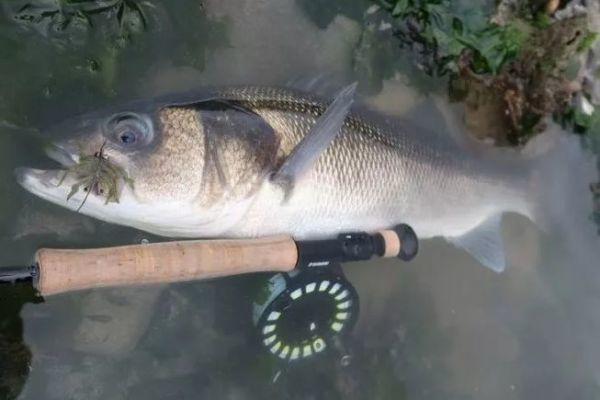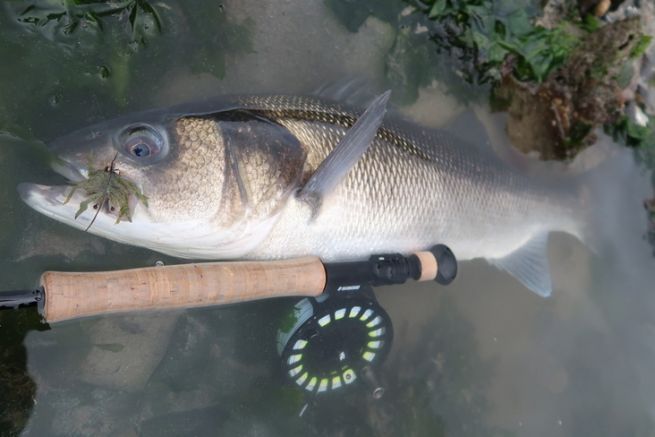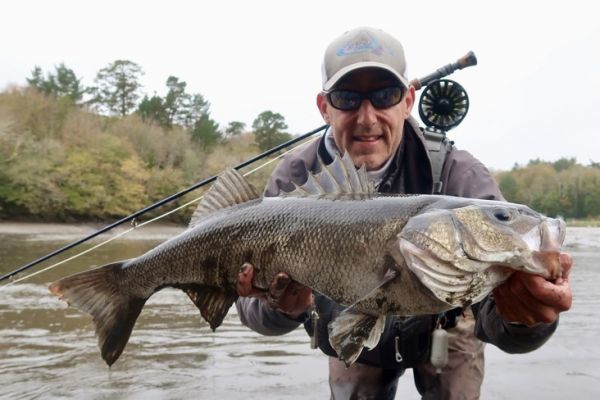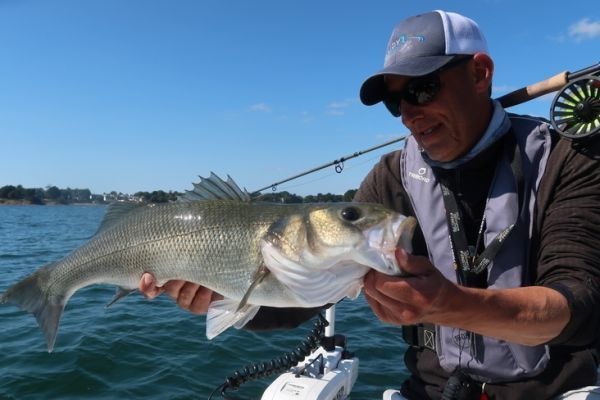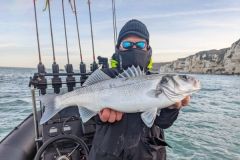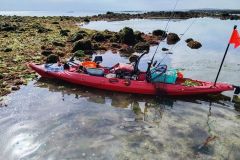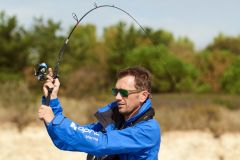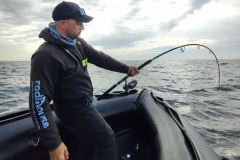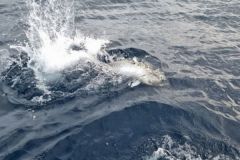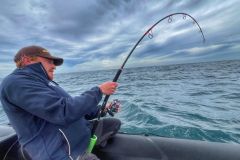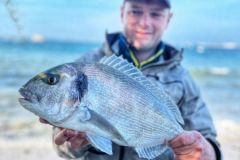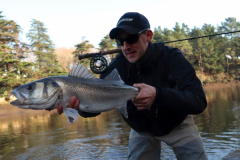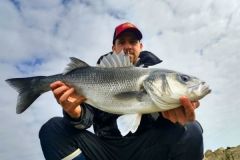Knowledge of the customs and habits of the bar
It's been more than 7 years that I am passionate about this stalking often practiced by some lure fishermen.
It consists in visually searching for sea bass in the edges and very often in little water and to offer them an imitation of small fishes, shrimps or crabs, menus of sea bass in estuary. It is mainly practiced in estuary, but also on some beaches and coasts.
At euro a fly, few fishermen are looking for them in this way. It is however the closest fishing to what we can practice in the Caribbean, or in warm seas especially for the permit.
Bass come daily to the edges to find this food that moves with the tide, whether it is rising or falling.
The knowledge and understanding of the tides play a fundamental role in sight fishing for sea bass. It is necessary to understand that the bass pass at a certain time of the tide is notably one of the keys of this fishing and to take well into account the water height.
It is thus necessary to carry out many exits to know when and where the bars pass to feed on such or such zone.
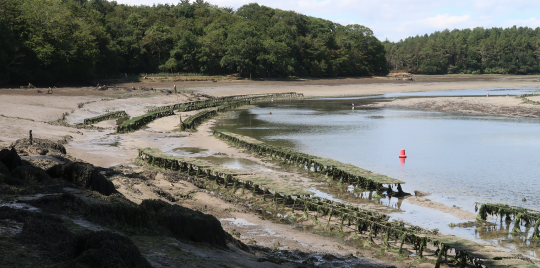
Approach and discretion to fish for bass on sight
Once you have selected the area because of its interest in relation to the schedule, but also the tidal coefficient, the orientation in relation to the wind, you must then place yourself where you know that the bass will pass. You have to move to look for them, but also know how to position yourself on specific corners and wait for them to pass.
The approach and discretion are fundamental. You must not be seen and move slowly so that this super predator always on the lookout does not spot you. A sober or camouflage type of clothing is necessary.
The quality of the presentation and especially the place where you place your fly are determining factors. The bass are very wary and the biggest subjects will not give you any chance!
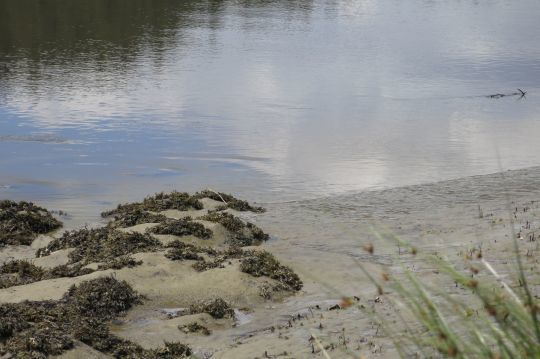
Speed and precision
The sea bass come to feed in little water by "obligation" in particular to come to peck the green crabs, the galatheas and sometimes shrimps, but they remain there only very little time. They come and go to feed and take one of these preys, then they leave in the same time.
The speed of the throw is important for this reason. However, you should not confuse speed with haste!
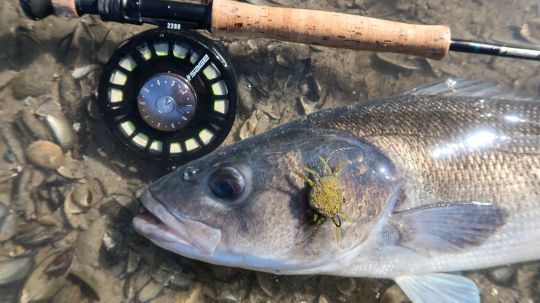
Accuracy is then fundamental, because if your fly falls too close or too far from your fish, either it will be the escape or your bass will not see it. In both cases, your mission is failed.
Then, once the bass is close to your fly, you have to know how to analyze the situation and know when it will have engulfed your imitation. With a little practice, you will be able to detect the slightest gripping behavior. A movement of the head, the gills opening, you will almost never feel a pull on the line. Everything happens visually to trigger the striking.

 /
/ 